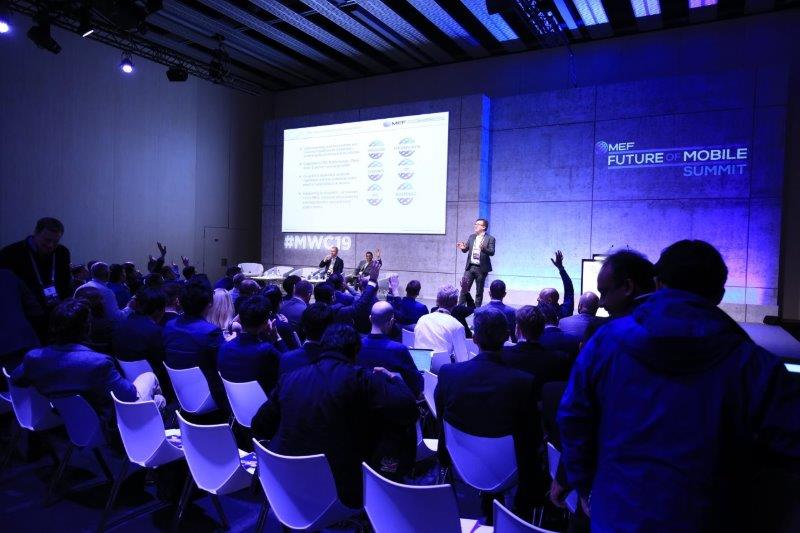A new proof of concept wants to remove the OTP, the password and even voice detection from the call centre experience. In its place? A simple click inside a wallet app. Tim Green, MEF’s ID and Data programme director, explains.
Years ago I was in Pret A Manger, a large UK sandwich chain. At the counter, I realised I had forgotten my wallet. I couldn’t pay. “Never mind,” said the assistant. “It’s on the house.”
I was astonished. This was unprecedented. Minutes later I found my wallet at the bottom of my bad. I returned to the counter to pay. But my offer was refused.

For the next few weeks, I was like a one-man sales team for Pret A Manger. I told everyone about my free sandwich miracle. Though I was later informed that the chain used the ‘free meal’ tactic for just this (cynical) purpose, I didn’t care. I thought it was fantastic anyway.
The episode shows the awesome power of great customer service. When it’s good, it beats price, quality, speed and every other metric for driving loyalty and warm fuzzy feelings.
So will the mobile ID wallet emerge as the authentication winner in the call centre space? It clearly has major advantages.“
Which brings us to the call centre, where customer service lives on a knife edge. The call centre is a paradox. It is a necessary evil of modern life. Few things can make us more livid that the queueing, the ‘press 9 now’, the ‘your call is important to us’ and the endless repeated questions.
And yet… when the experience is good, well it’s another one of those ‘tell your friends’ mini miracles.
So it’s not surprising that call centre specialists are constantly looking for ways to make the experience better. The latest big idea? Using mobile wallets to drastically speed up caller ID. Just days ago MEF members Telefónica and TMT ID unveiled a new proof of concept with Dock Labs and GSMA to test how a mobile ID wallet app can authenticate calling customers.
It works like this: when a customer contacts a call centre, the agent sends a push notification to a wallet on the caller’s phone. The notification asks “Are you currently speaking with our customer support team?”
The customer unlocks the app using biometrics and taps “Yes.” The agent receives the verification in seconds.
Needless to say, the process has many benefits:
- Almost immediate
- Secure: almost no risk of SIM swaps, phishing, CLI spoofing and stolen data
- Private: agents can’t see any sensitive customer information. It’s a yes/no transaction
The trial is significant news for MNOs and aggregators. Many call centres still rely on methods like security questions and one-time passwords (OTPs) to verify who’s calling. MEF members are committed to the OTP but they won’t need reminding of the security flaws and the clunky user experience (which adds to the dreaded Average Handle Time).
And even newer authentication methods such as voice biometrics are being hampered by the easy availability of AI-generated voice clones.
So will the mobile ID wallet emerge as the authentication winner in the call centre space? It clearly has major advantages. But there are challenges too. Most obviously, it requires that the customer installs a compatible wallet app. This could be the call centre parent company’s app, or it could be one supplied by the MNO or bank. But this demands a certain level of user education and support. It also requires the organisation to update its app with a lightweight REST API and mobile SDK.
We’ll know more about this project over the coming months. And we’ll let you know when we know more. Your interest is important to us.
Find out more about the themes discussed – Join the MEF ID & Data Interest Group.





